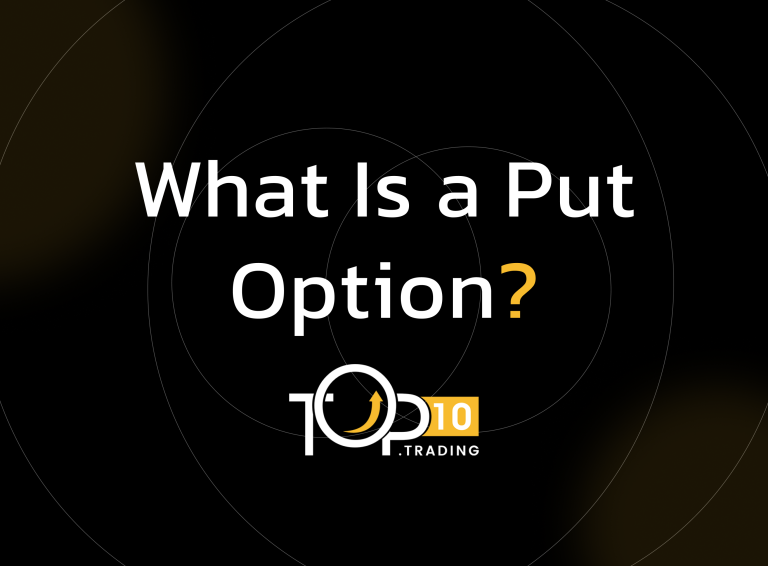Put Option Definition

A put option is a financial contract that gives the buyer the right—but not the obligation—to sell an underlying asset at a predetermined price (strike price) within a specific time frame. It’s commonly used to hedge against potential declines in the value of an asset or to profit from bearish market movements.
Key Takeaways
- A put option gives the holder the right to sell an asset at a set price before the option expires.
- It is often used to hedge against falling prices or to speculate on a decline.
- The buyer pays a premium for this right, which is the cost of the option.
- If the asset’s market price drops below the strike price, the put option gains value.
- Sellers of put options (writers) take on the obligation to buy the asset if the option is exercised.
How a Put Option Works
When you purchase a put option, you are betting that the price of the underlying asset (like a stock, index, or currency pair) will decrease. If it falls below the strike price before the option expires, you can either:
- Exercise the option to sell the asset at the higher strike price, or
- Sell the option itself for a profit.
The value of the put increases as the underlying asset’s price decreases. If the asset’s price stays above the strike price, the option may expire worthless, and the loss is limited to the premium paid.
Examples of Put Options
- Buying a put on a stock at $100 with a one-month expiry. If the stock falls to $85, you can sell it for $100, profiting from the difference minus the premium.
- A forex trader buys a put option on EUR/USD expecting the euro to weaken.
- An investor hedges their portfolio by buying puts on a major index like the S&P 500.
Benefits of Put Options
- Downside Protection: Acts as insurance against falling asset prices.
- Profit from Decline: Allows traders to speculate on bearish moves.
- Limited Risk for Buyers: Maximum loss is the premium paid.
- Strategic Flexibility: Useful in various option strategies, including spreads and protective puts.
Costs and Limitations
- Premium Cost: You pay upfront even if the option expires worthless.
- Time Decay: Value declines as the expiration date nears, especially if the market doesn't move favorably.
- Complexity: Options trading requires knowledge of pricing, volatility, and expiration dynamics.
- Limited Upside for Sellers: Writers of puts take on significant risk if the asset plummets.
Who Uses Put Options?
Put options are commonly used by individual investors, hedge funds, and institutions to hedge portfolios or speculate on market downturns. Traders may use puts to limit risk, while corporations can hedge currency or commodity exposures using puts as part of a broader risk management strategy.
